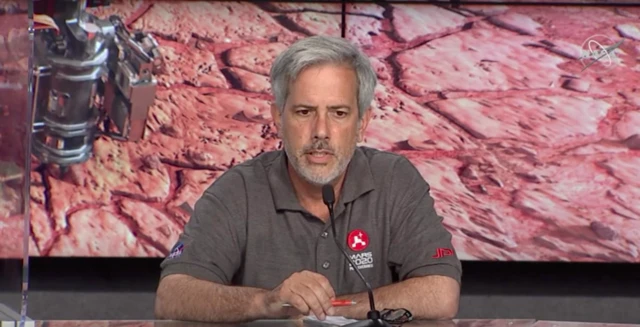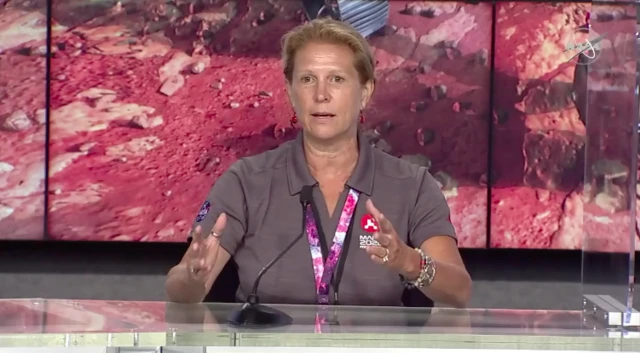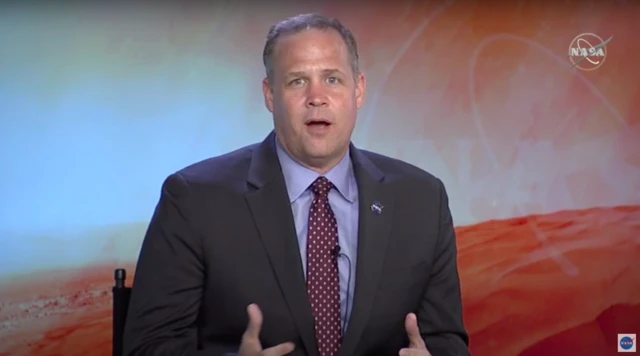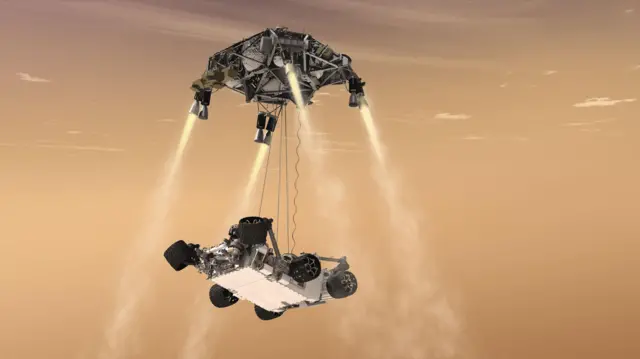That's all from uspublished at 17:55 BST 30 July 2020
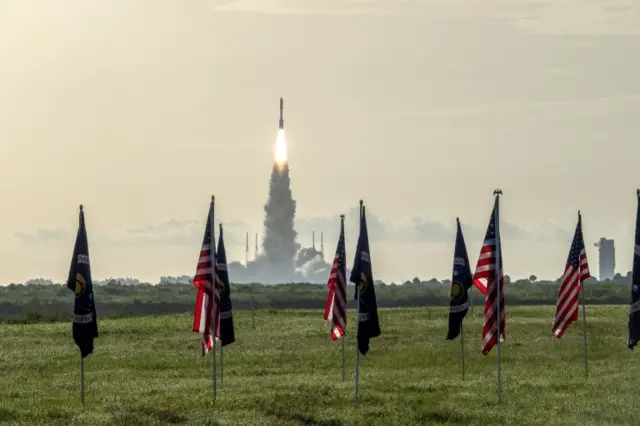 Image source, EPA
Image source, EPAWe hope you enjoyed the live coverage of the launch of Nasa's rover Perseverance.
The robot is now on its seven-month journey to the Red Planet. In February next year, it should land in Jezero Crater to begin its search for evidence of ancient Martian life.
We'll continue to bring you any news about the mission. But for now, it's goodbye from Ritu Prasad, Helen Briggs, Jonathan Amos and Paul Rincon.
